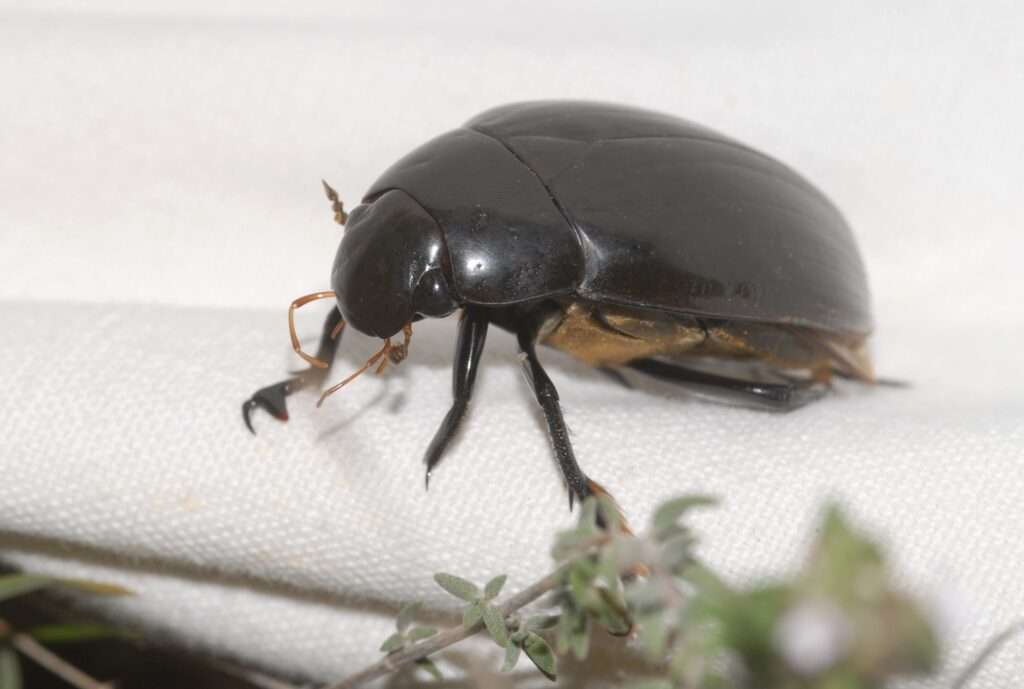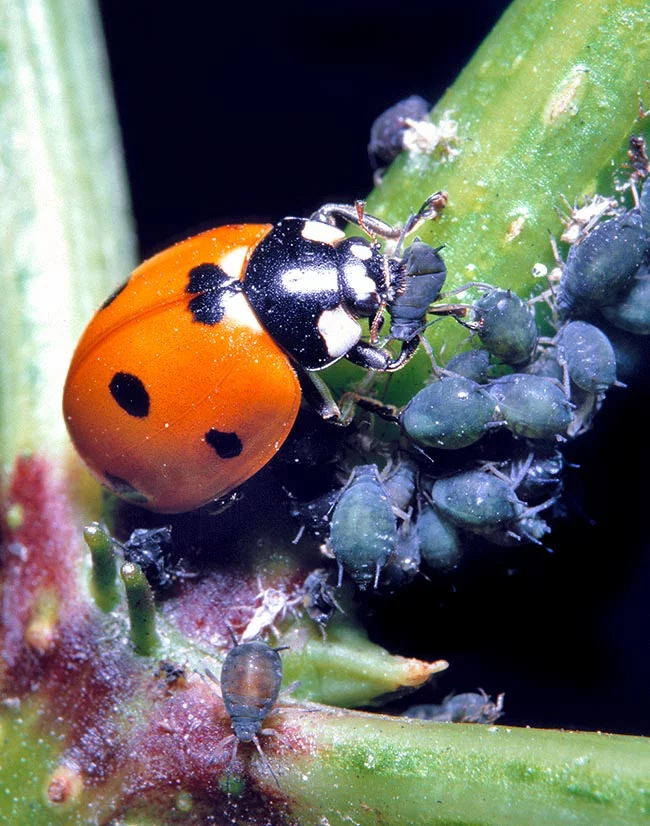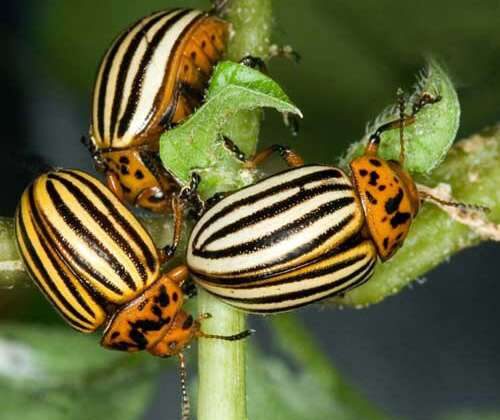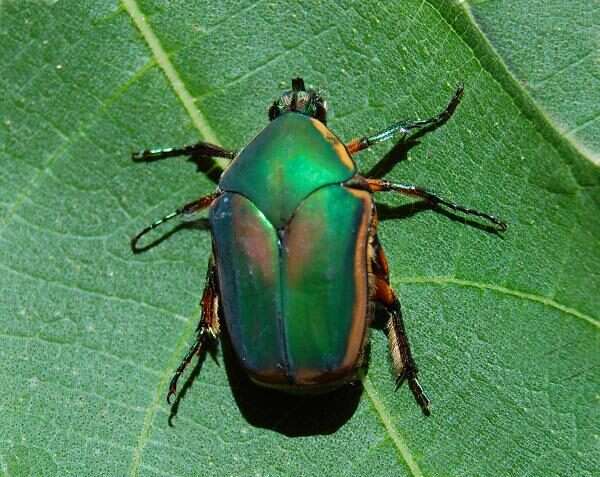
A species of water scavenger beetle belonging to the Hydrophilidae family is called Hydrophilus piceus. The Palearctic region is home to this enormous aquatic beetle, also referred to as the great silver water beetle.
Description
One of the biggest aquatic insects is this beetle. Adults can grow as long as 5-5.15 cm (1.97-2.03 in) and as wide as 2.05 cm (0.81 in). The larvae can reach a length of 7 cm (2.8 in). Adults have a black body with a greenish or olive shine. It has reddish-black antennae and prominent eyes.
Distribution
The distribution of this beetle, which is indigenous to the western Palearctic region and may be found in much of Eurasia, stretches from Scandinavia to the Mediterranean, North Africa, and Russia, and as far east as India and China. Due to the fact that it has been eradicated from some regions—for instance, Norway and Luxembourg—its distribution is not continuous. It is uncommon in some areas and is restricted to a few relict habitat types.

Biology
This beetle inhabits aquatic settings. Lakes and ponds may contain it in some areas. It can be found in estuaries and lagoons in Greece. It has been discovered up to 1,000 meters above sea level (3,300 ft). In marshy areas of Great Britain, it inhabits ditches covered in dense vegetation.
Although it is omnivorous, the beetle prefers plant matter. Although it can live for up to three years, the majority of individuals pass away after reproducing in the first year. The larvae consume freshwater snails belonging to the Lymnaeidae family by drilling holes in their shells and eating the creatures within. After that, the grubs can grow to a length of 7 centimeters before pupating in the mud. The adult female builds a cocoon in the spring, stuffs it with eggs, and floats it.
Diet
It is omnivorous so this beetle prefers plant matter.
Lifespan
Although it can live for up to three years.
Step to Keep as Pet
Step 1: Begin by gathering bugs outside.
Add a few bugs and some moist foliage you’ve collected from the stream to a plastic bag, then seal the bag after adding air to it. After that, place a large number of bags inside a cooler. seems to work rather well because dead bugs are rarely seen, even when they must be kept in the bags for a day or two.
Step 2: Introduce bugs to their new environment
Back brooders make excellent containers out of plastic Rubbermaid boxes! A sheet of plastic pegboard is held off the bottom of the box in this image by two tiny plastic blocks that are hidden within the box. Individual plastic drinking cups are filled with insects. Each cup has a 1/2-inch hole in the bottom and a small rock or cement block inside to provide something for the bugs to grip onto.
Step 3: Feed insects.
Giving the bugs food is crucial. Naturally, they must eat in order to survive, but if they don’t consume enough, they are unable to produce eggs and cannot work. Giant water bugs must be fed as they are also carnivores. So, once a week, feed my bugs mealworms. Since mealworms don’t move very much, the water bugs occasionally have trouble identifying them as prey.
Table





